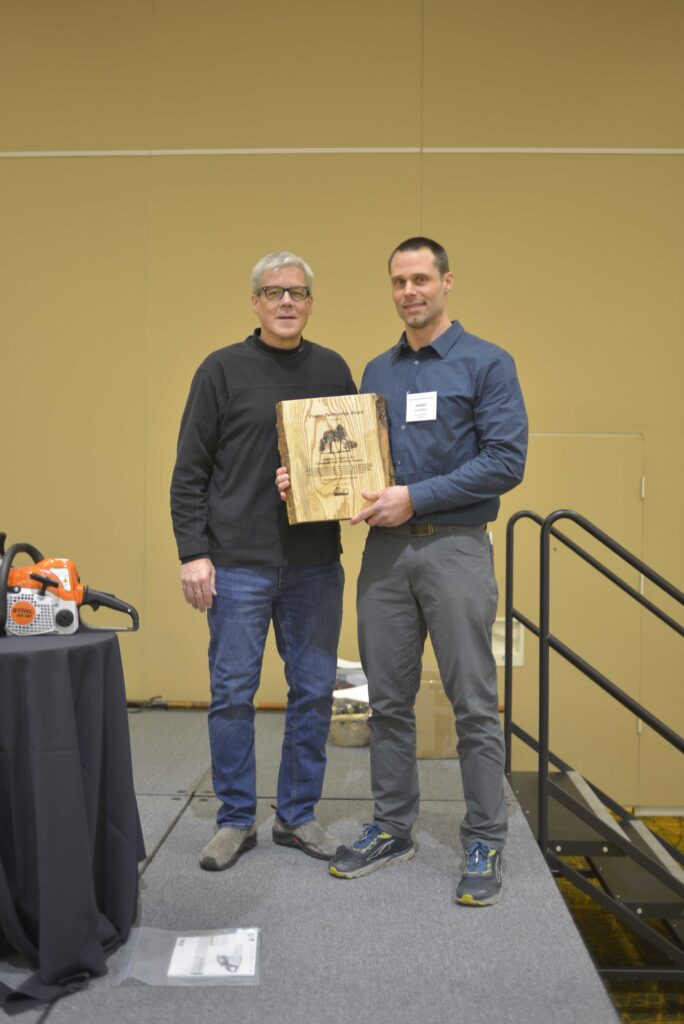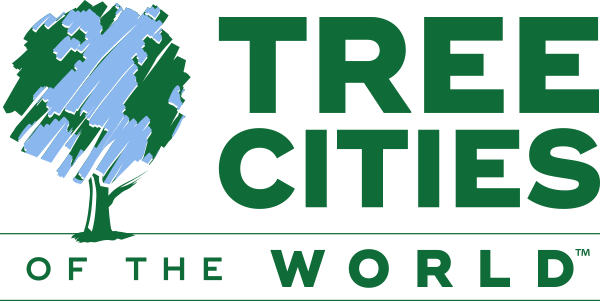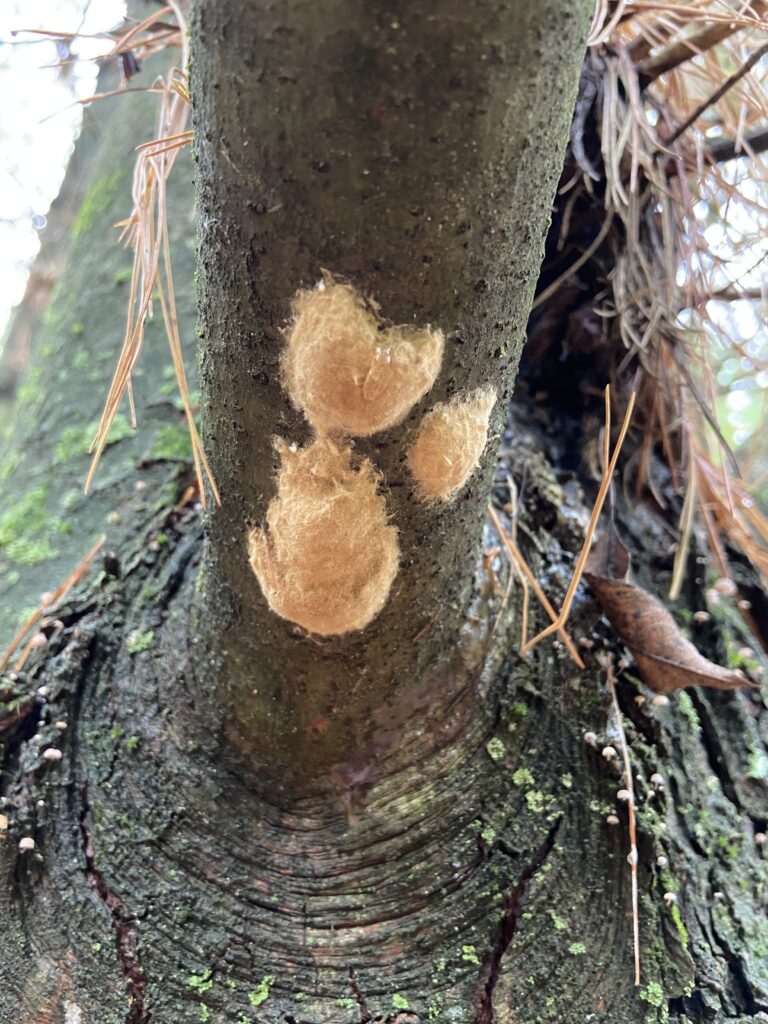By Josh Lancette, Entomological Society of America and Andrea Diss-Torrance, Wisconsin DNR Forest Health
The Entomological Society of America (ESA) has approved “spongy moth” as the new common name for the moth species Lymantria dispar, formerly known as “gypsy moth.”
The ESA gathered a working group of entomologists and forestry professionals to help propose the new name. The name spongy moth—derived from the common name used in France and French-speaking Canada, “spongieuse”—refers to the sponge-like appearance of the egg masses.
The name replaces “gypsy moth” in ESA’s Common Names of Insects and Related Organisms List. The society removed the name in July 2021 for its use as a derogatory term for Romani people.

 The Wisconsin Urban Forestry Council recently announced their annual awards honoring those dedicated to protecting, preserving and increasing the number of trees that line city streets, fill community parks and enhance neighborhoods throughout the state.
The Wisconsin Urban Forestry Council recently announced their annual awards honoring those dedicated to protecting, preserving and increasing the number of trees that line city streets, fill community parks and enhance neighborhoods throughout the state. The City of Sheboygan has done it again. Not only do they hold the honor of being Wisconsin’s first Tree City USA back in 1976, but they are now also Wisconsin’s first community earning Tree Cities of the WORLD status! They are one of only 120 cities currently recognized, sharing the stage with San Francisco, Washington D.C., Minneapolis, Buenos Aires, Toronto, Brussels and Milan, to name a few.
The City of Sheboygan has done it again. Not only do they hold the honor of being Wisconsin’s first Tree City USA back in 1976, but they are now also Wisconsin’s first community earning Tree Cities of the WORLD status! They are one of only 120 cities currently recognized, sharing the stage with San Francisco, Washington D.C., Minneapolis, Buenos Aires, Toronto, Brussels and Milan, to name a few. Did you know that 2022 is both the 150th anniversary of the Arbor Day holiday and the 50th anniversary of the Arbor Day Foundation? To mark these events, the Arbor Day Foundation is compiling all of the Arbor Day celebrations across the United States, putting them on a map, and sharing it far and wide.
Did you know that 2022 is both the 150th anniversary of the Arbor Day holiday and the 50th anniversary of the Arbor Day Foundation? To mark these events, the Arbor Day Foundation is compiling all of the Arbor Day celebrations across the United States, putting them on a map, and sharing it far and wide. The 2022 Annual Statewide Wisconsin DNR/Wisconsin Arborist Association (WAA) Urban Forestry Conference, “Looking Forward, Not Backwards, to Our Days in Arboriculture!” was held in Green Bay on Feb. 20, 2022.
The 2022 Annual Statewide Wisconsin DNR/Wisconsin Arborist Association (WAA) Urban Forestry Conference, “Looking Forward, Not Backwards, to Our Days in Arboriculture!” was held in Green Bay on Feb. 20, 2022.
